The article Why Women Can’t Do Pull-Ups in The New York Times Magazine raised many questions—most notably, what were the researchers from the University of Dayton thinking? If you want to do pull-ups, practice pull-ups! This is the Law of Specificity in action.
A modified pull-up on an incline apparatus will not transfer well to a conventional pull-up. Likewise, aerobic training is not an effective method for lowering body fat when strength is the goal. While it can reduce body weight, it often does so at the expense of both fat and muscle, which compromises overall strength. There are better ways to improve body composition without sacrificing muscle. When relative or absolute strength is the priority, aerobic training should be eliminated. I discuss this in detail on page 178 of The Elite Trainer.
The Problem with Machine-Based Pull-Ups
Any machine that deloads and stabilizes the body significantly reduces the involvement of small stabilizer muscles. This includes machines like the Gravitron (which provides counterweight assistance) or the lat pulldown. While these machines strengthen the prime movers, they fail to engage the stabilizers and core muscles effectively.
The result? When transitioning to an unassisted pull-up on a simple overhead bar, the stabilizers lack the necessary strength to support the movement. Without proper stabilization, the prime movers can’t function optimally, and performance suffers. The University of Dayton study highlighted this issue.
How to Train for a True Pull-Up
First, let’s review a key strength principle:
- Isometric strength is typically 10-15% greater than concentric strength.
- Eccentric strength can be as much as 40% greater than isometric strength.
(For more on this topic, see “Strength Training: Structure, Principles, and Methodology” by Dr. Dietmar Schmidtbleicher.)
If you can’t complete a full pull-up from a dead hang, focus on isometric (static) and eccentric (lowering) training to build the necessary strength.
Eccentric Training (Negative Reps)
- Perform partner-assisted or band-assisted pull-ups, emphasizing a slow, controlled lowering (4-5 seconds per rep).
- On the last rep of each set, take 10 seconds to lower in a uniform fashion.
- Over time, reduce assistance by:
- Switching from two legs to one leg.
- Using a smaller resistance band (wider bands provide greater assistance).
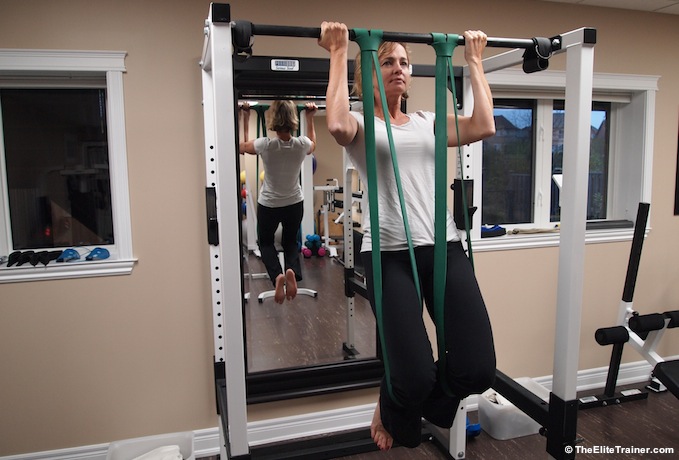
Isometric Training (Static Holds)
- Use partial-range movements and static holds at key positions.
- Start at the top position (use a bench, chair, or jump up).
- Lower ¼ of the way down (~45° elbow extension), pause for 1-2 seconds, then return to the top.
- On the last rep, hold the contraction for 10 seconds (or as long as possible).
- Gradually increase the range of motion (ROM):
- ¼ pull-ups (45° elbow extension)
- ½ pull-ups (90°)
- ¾ pull-ups (135°)
- Full ROM pull-ups (180°, arms fully extended at the bottom).
Programming Guidelines
- Train twice per week:
- Workout 1: Eccentric training
- Workout 2: Isometric training (3-4 days later)
- Perform 5+ sets of 1-5 reps per exercise.
- Use long rest intervals (3-5 minutes).
Optimizing Body Composition Without Strength Loss
For the most effective fat-loss methods that don’t compromise strength, check out my latest book, Lean and Mean.
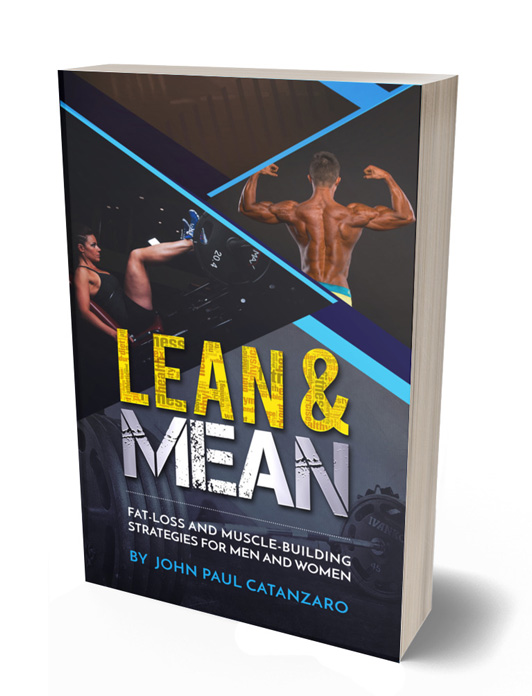
Lean and Mean: Fat-Loss and Muscle-Building Strategies for Men and Women
Lean and Mean is the latest industry-leading fitness guide for both men and women. Using case studies from his own experiences as a personal trainer, fitness expert John Paul Catanzaro gives the inside scoop on the exact strategies, techniques, and programming he uses to get his clients incredible results. John Paul reveals the secrets to success – how to match your nutrition to your unique body type, time your meals to optimize your metabolism, and get your body moving on a schedule that gets results without depleting your energy levels.
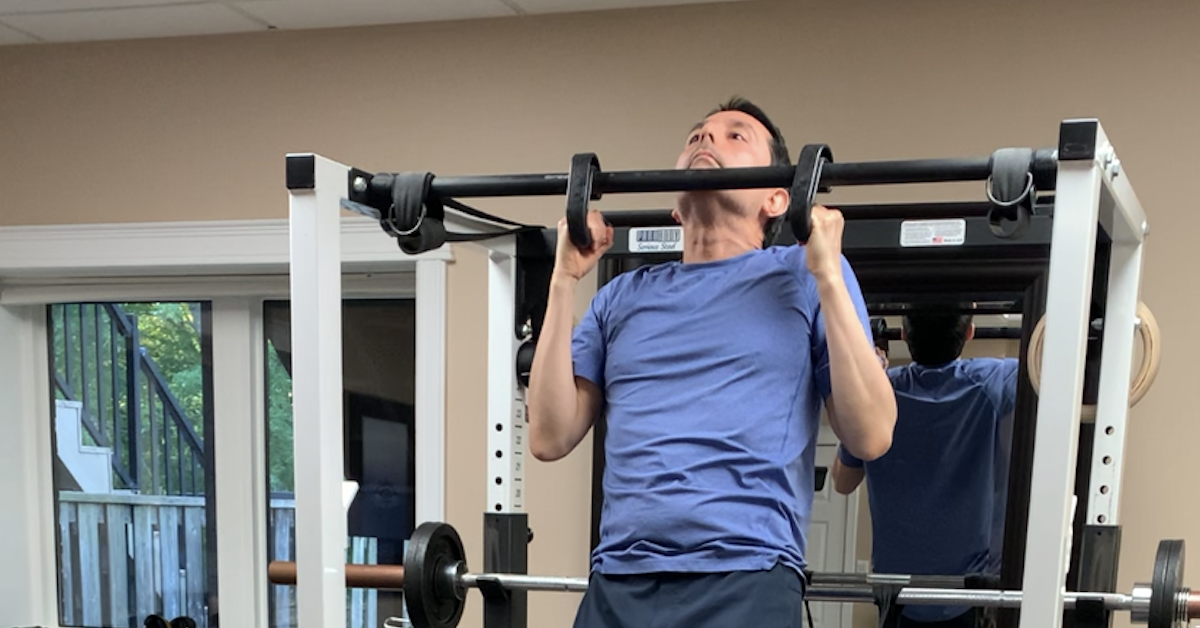
From Zero to Two: Leo’s Chin-Up Breakthrough
When Leo began training with me in September 2024, our first goal was to improve body composition — lose fat,
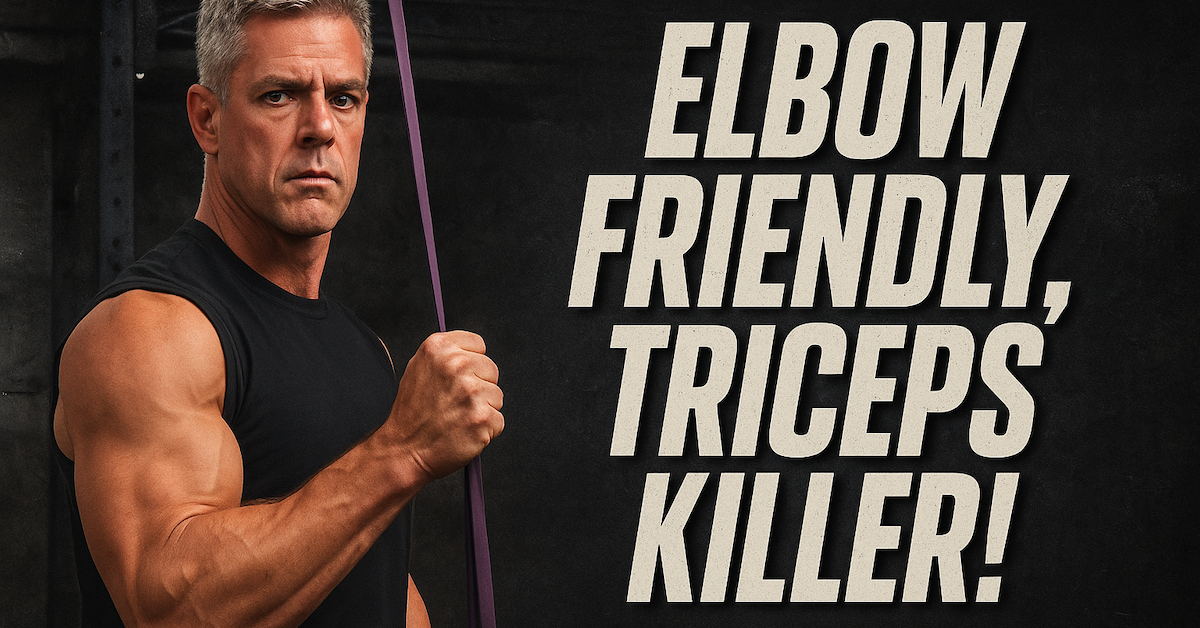
Standing Band Pressdowns: The Joint-Friendly Triceps Builder
If you want bigger, stronger arms but struggle with elbow pain or can’t seem to get the right triceps activation
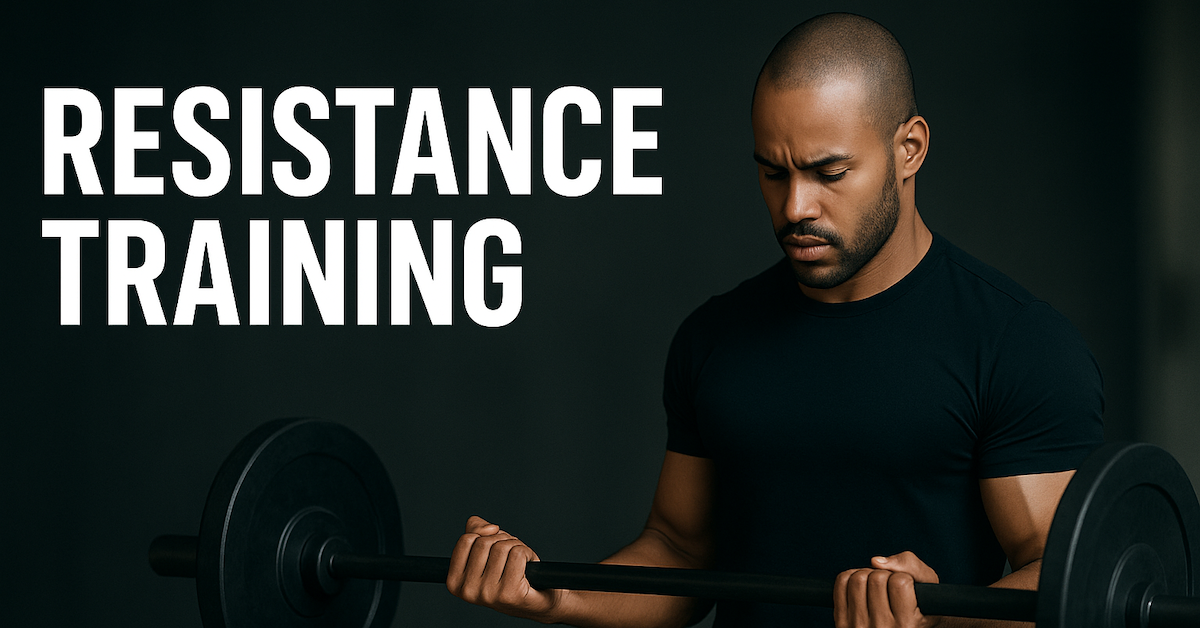
Resistance Training Foundations: How to Progress Safely and Build Real Strength
Resistance training isn’t just for bodybuilders. Whether you’re just starting out, returning after a break, or training for performance, knowing
follow
Error: No feed with the ID 2 found.
Please go to the Instagram Feed settings page to create a feed.
